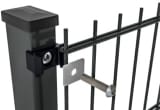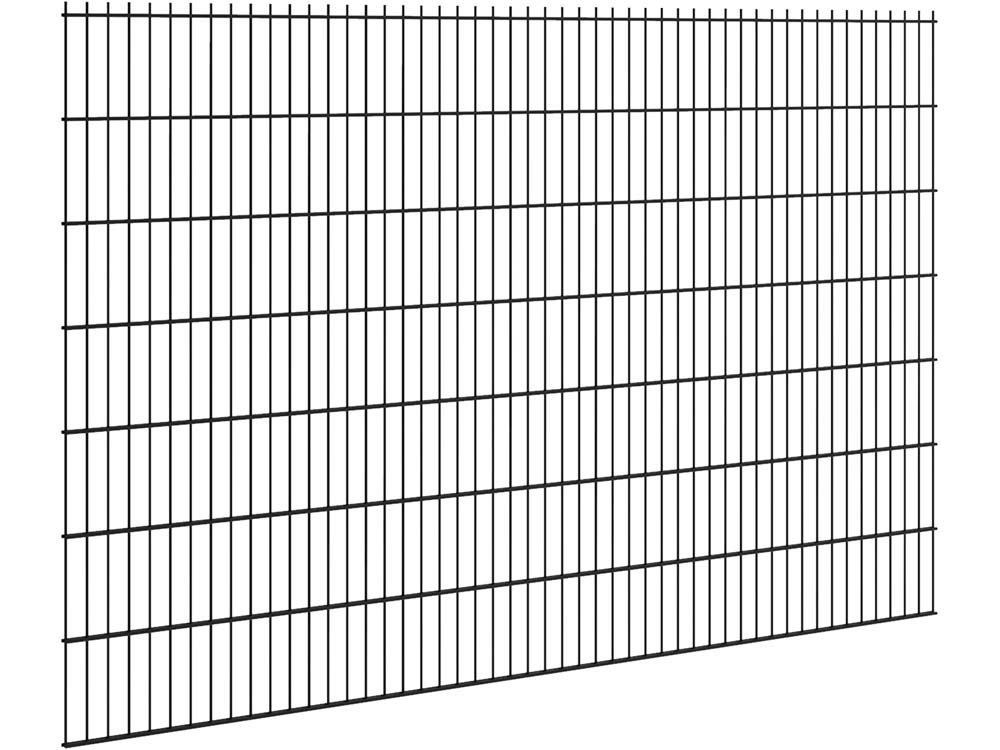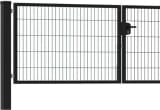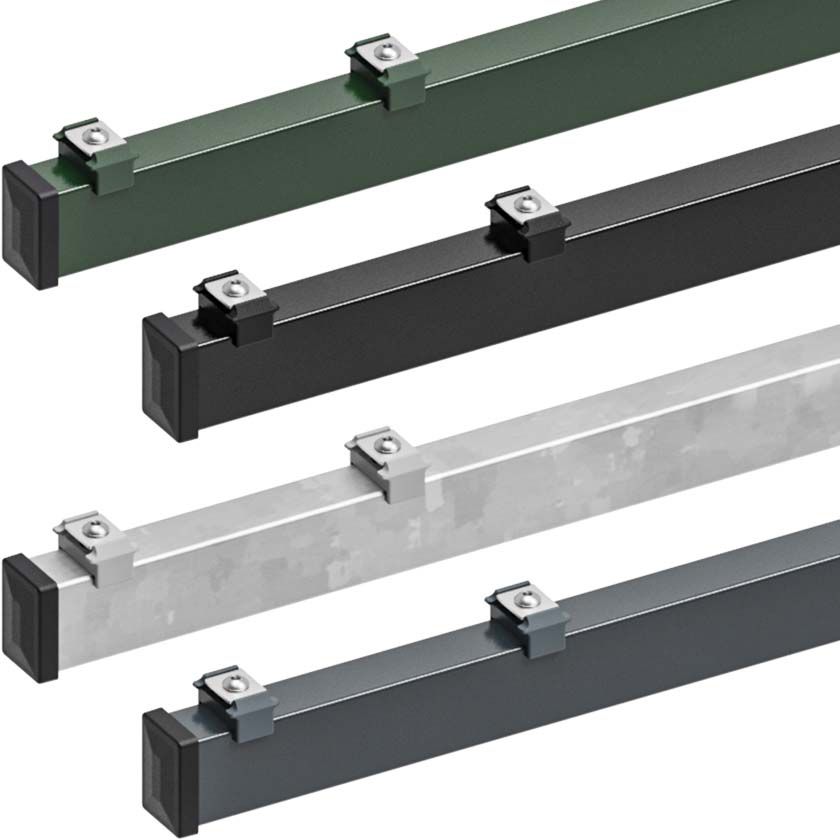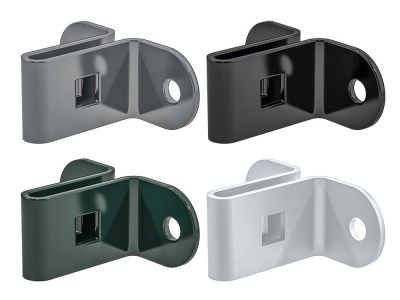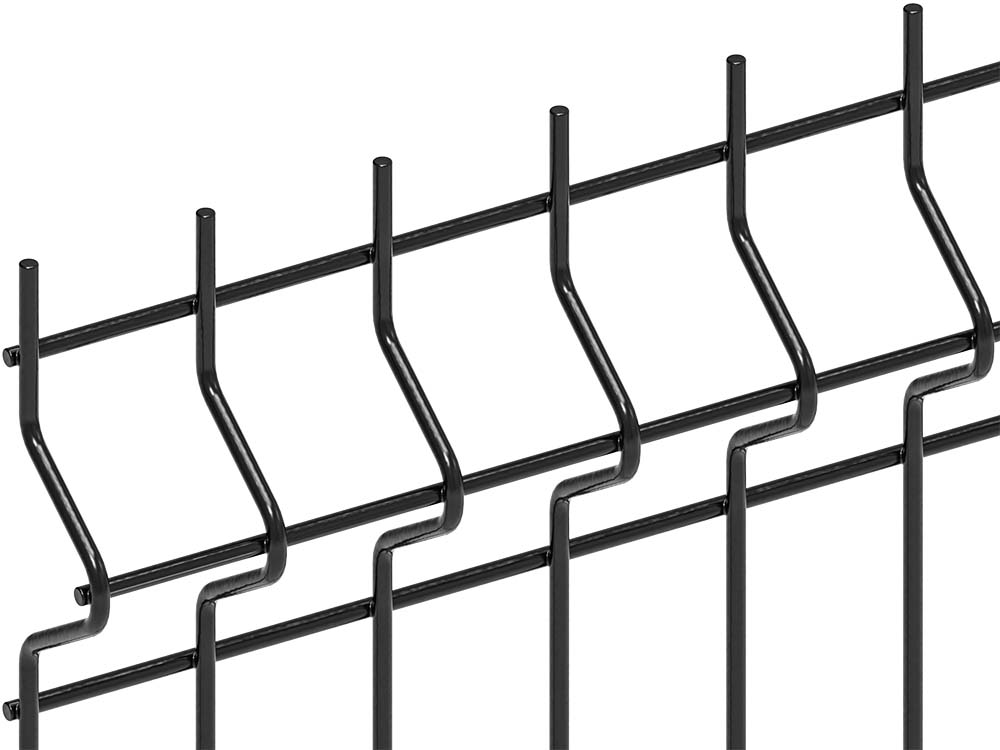Slatted Fencing
Slatted fencing, also known as slat fencing or slat screen fencing, is a style of fencing that consists of horizontal wooden slats or boards attached to a frame or supporting structure. These slats are usually spaced apart, creating gaps between them that allow partial visibility while still maintaining some level of privacy. Slatted fencing is popular for its modern and contemporary aesthetic, and it offers several benefits:
- Privacy with Airflow: Slatted fences provide a degree of privacy while allowing airflow and light to pass through. The spacing between the slats offers partial visibility, making it a great choice for maintaining privacy without completely blocking the view.
- Aesthetic Appeal: Slatted fencing has a clean, modern, and stylish appearance that can enhance the overall look of your outdoor space. The horizontal lines of the slats can create a sense of width and visual interest.
- Variety of Designs: Slatted fences come in various designs and patterns. You can choose the width, spacing, and orientation of the slats to achieve the desired look and level of privacy.
- Light and Air: The gaps between the slats allow sunlight and fresh air to flow through the fence, contributing to a comfortable and well-ventilated outdoor environment.
- Less Wind Resistance: Compared to solid fences, slatted fences offer less wind resistance, which can be advantageous in areas prone to strong winds. This can help reduce the risk of damage to the fence.
- Easy Maintenance: Slatted fences are often easier to maintain than solid fences. Cleaning, painting, staining, or replacing individual slats is typically more straightforward.
- Customisable Heights: You can adjust the height of slatted fences by choosing the length of the slats or by stacking multiple layers of slats. This allows you to tailor the fence's height to your specific needs.
- Durable Materials: Slatted fences can be made from various types of wood, including hardwoods and treated softwoods, ensuring durability and resistance to weathering.
- Sustainable Options: Using sustainably sourced wood for slatted fencing can contribute to eco-friendly design, especially if the wood comes from responsibly managed forests.
- Enhanced Landscaping: Slatted fences can be integrated with landscaping elements, such as plants and lights, to create a cohesive and aesthetically pleasing outdoor space.
- Simple Installation: Depending on the design, slatted fences can be relatively simple to install. DIY enthusiasts often find this type of fencing manageable for home projects.
- Flexible Finishing: Slatted fences can be stained, painted, or finished to match your desired colour scheme and overall design aesthetics.
It's important to note that the benefits of slatted fencing can vary based on the quality of the materials used, the design of the fence, and the local environmental conditions. Before installing a slatted fence, consider factors such as maintenance requirements, climate, and local regulations.
The distinction between slatted fencing and other wooden fence varieties lies in the design and composition. Slatted fencing is characterised by its utilisation of evenly spaced horizontal boards, creating a contemporary and streamlined appearance. In contrast, traditional wooden fences typically involve vertical boards tightly fitted together, resulting in a more classic and enclosed aesthetic. The choice between these options ultimately hinges on the desired visual style and functional requirements of the fencing project.
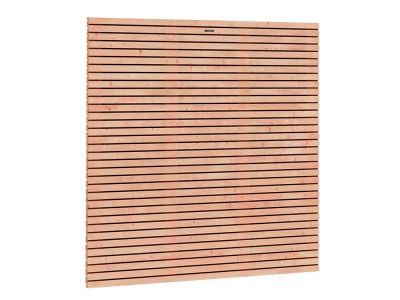
 Elan garden fence | Width 180 cm | Height 180 cm | Douglas | Horizontal
Elan garden fence | Width 180 cm | Height 180 cm | Douglas | Horizontal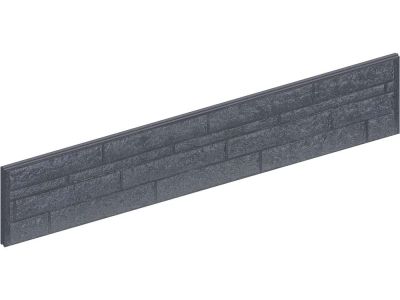
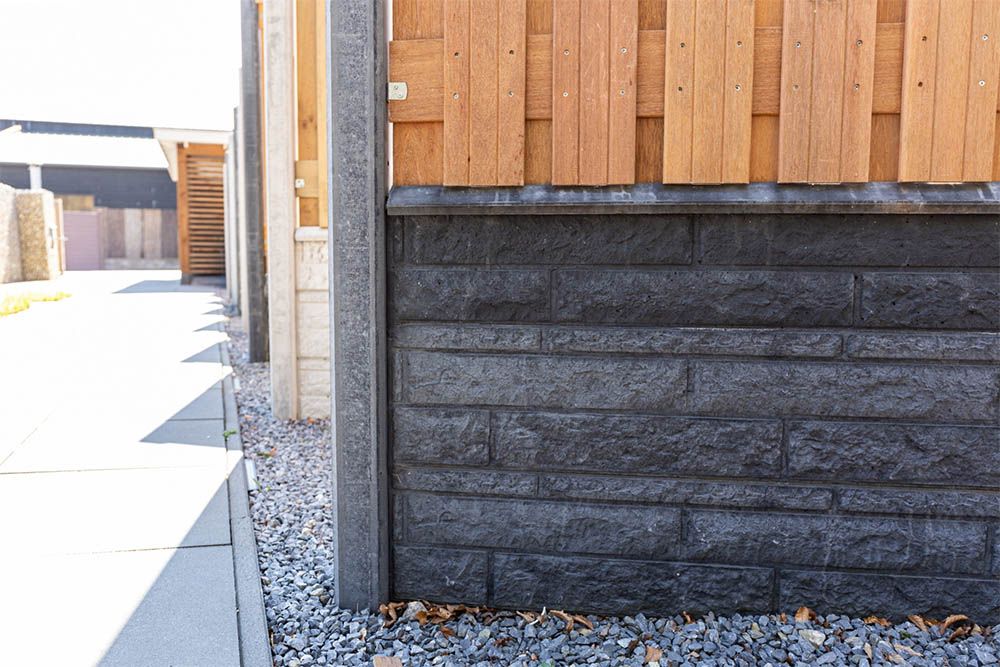 Lower plate | Rockdesign
Lower plate | Rockdesign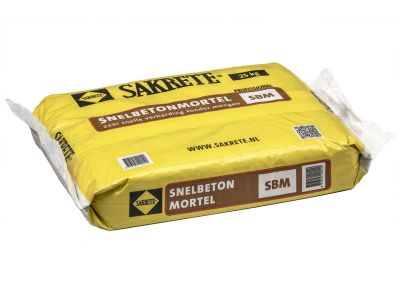 Fast Setting Concrete 25 KG
Fast Setting Concrete 25 KG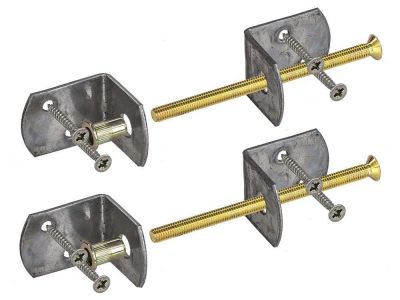 Uni-fitting for 1 concrete post
Uni-fitting for 1 concrete post